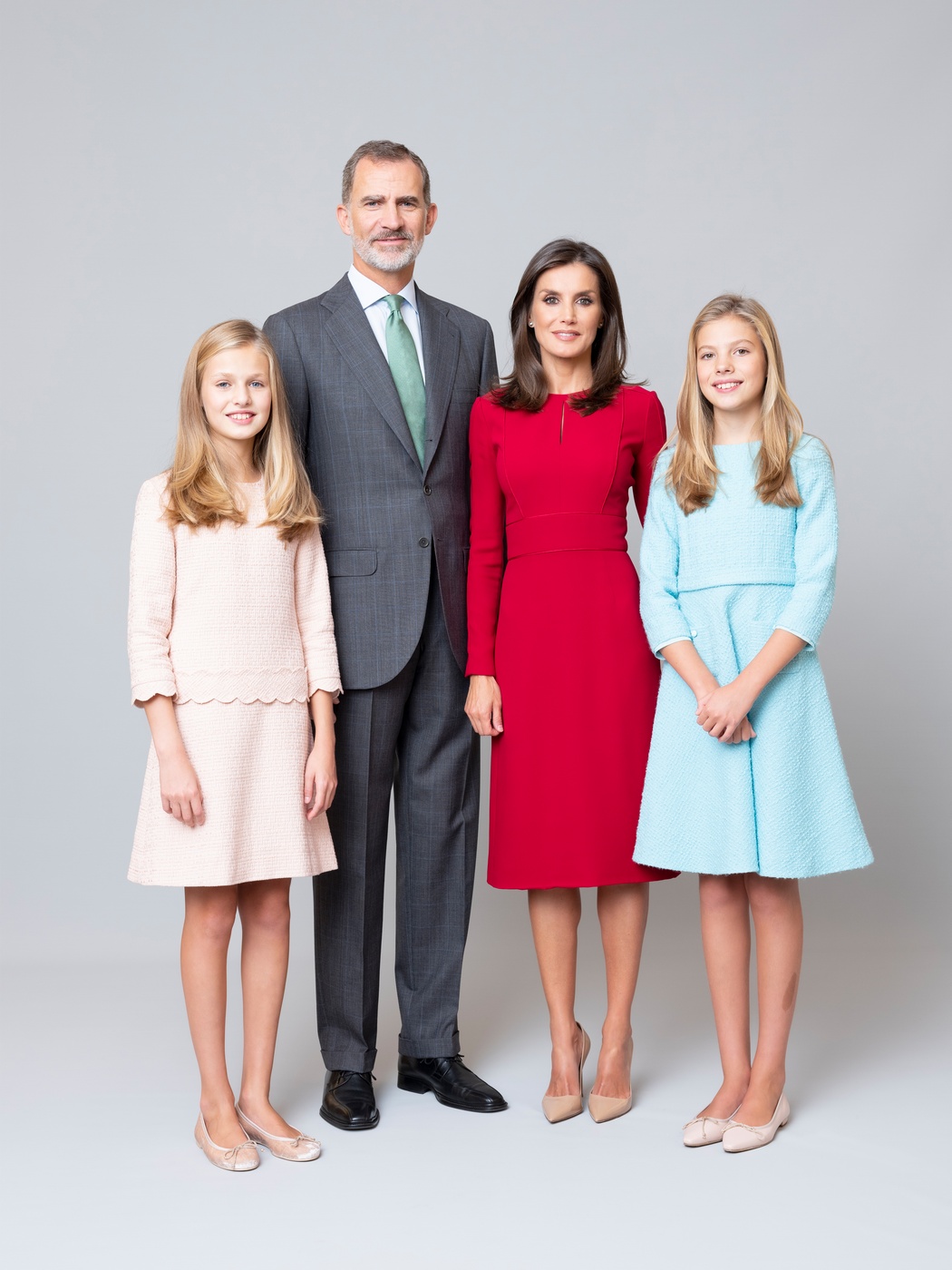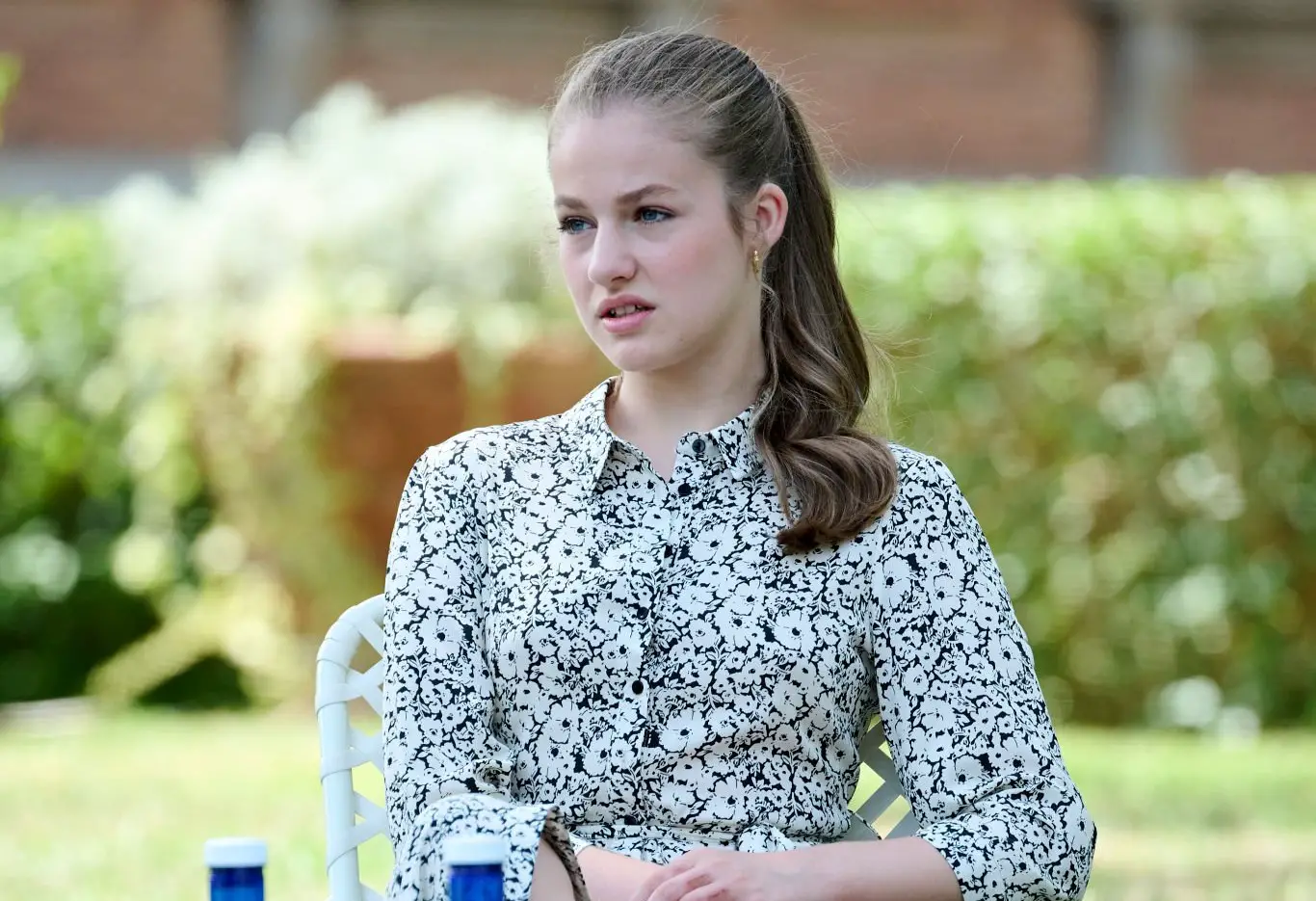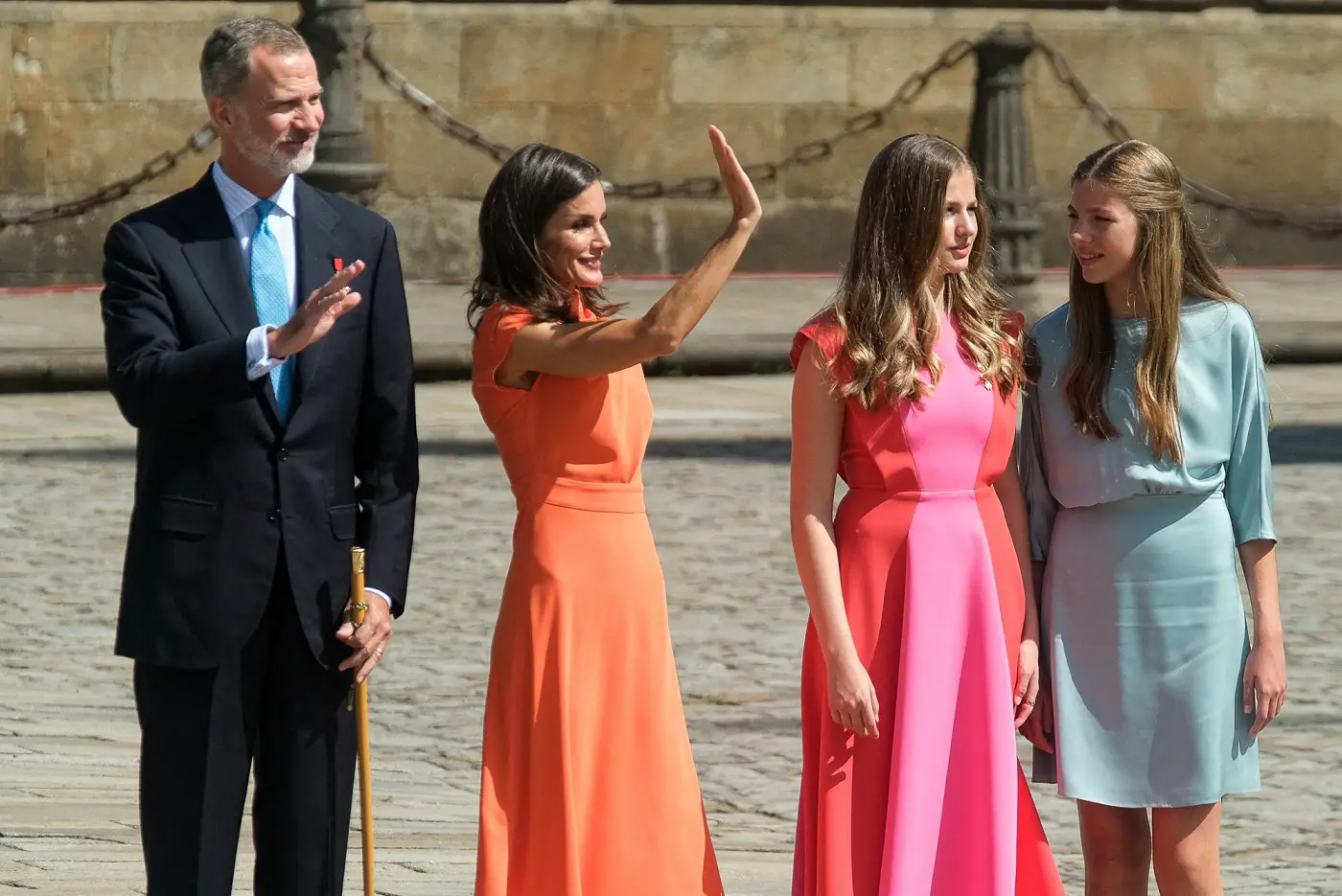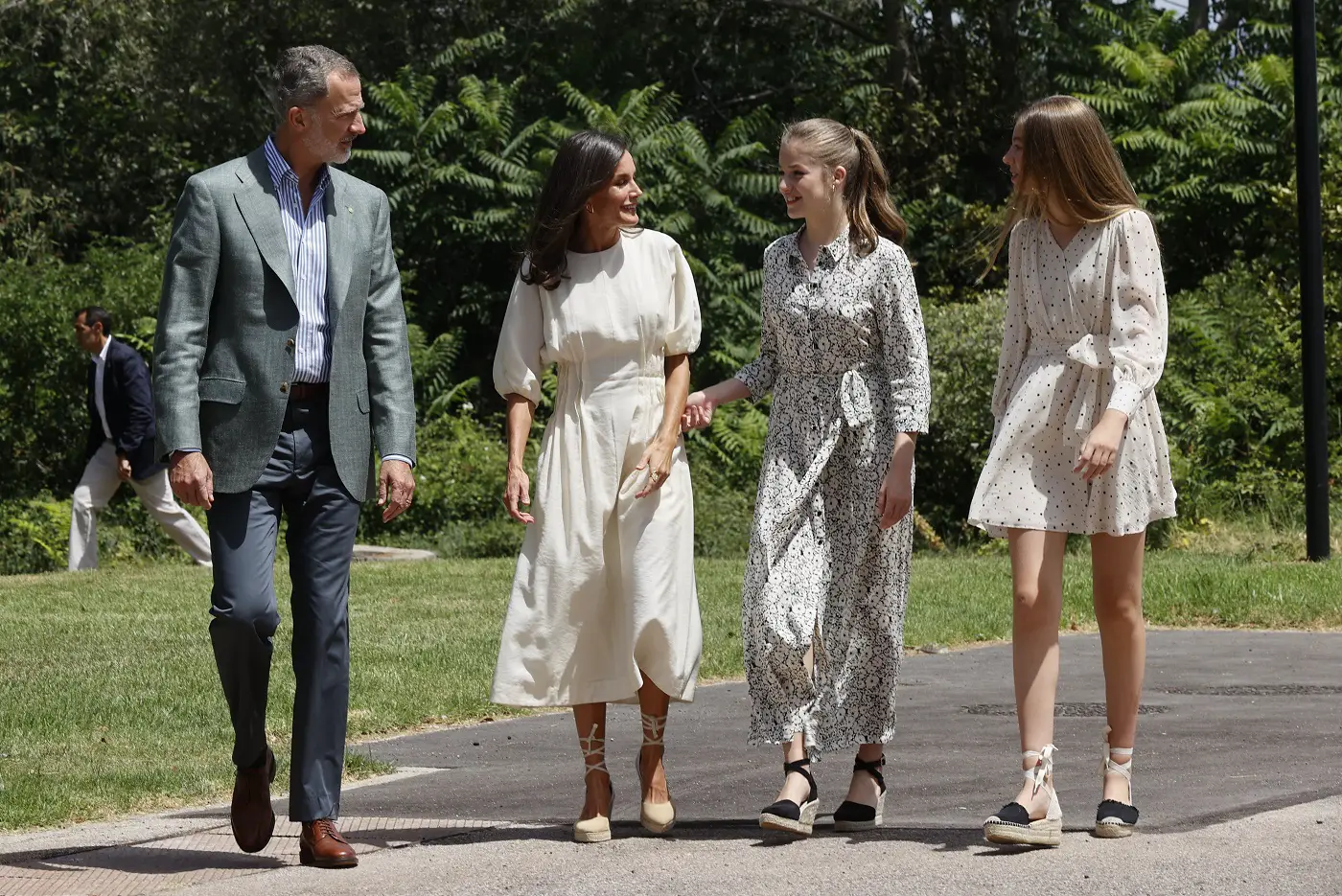The Spanish Royal Family is one of the oldest Monarchies in Europe and one of the last on the European Mediterranean coast with Monaco being the second. Presently, the head of the Spanish Royal Family is King Felipe VI who is married to Letizia Ortiz, The Queen consort of Spain.

The Spanish Monarchy dates back to the 8th centruary when the Visigothic Kingdom of Toledo was founded after the fall of the Western Roman Empire. The Kingdom of Asturias fought the Reconquista following the Umayyad invasion of Hispania in the 8th century. A dynastic marriage between Isabella I of Castile and Ferdinand II of Aragon united Spain in the 15th century.
Queen Isabella I and King Ferdinand II turned the Spanish Royal Family into a Global power by funding the famous explorer Christopher Columbus’s exploratory voyage across the Atlantic Ocean. Columbus established various sea routes that paved the way for the Spanish conquest of much of the Americas. Today, Spaniards and Spanish lifestyles and cultures span much of the Americas. In 1492 the Catholic Monarchs conquered the Kingdom of Granada in southern Spain.
The territories of the Spanish empire overseas were dependencies of the Crown of Castile, and Castile had an outsized influence there. Following the Spanish explorations and settlement in the Caribbean, the Spanish conquest of Mexico and the Spanish conquest of Peru, the crown established high courts (Audiencias) and viceroyalties in important regions (Mexico, 1535; Panama, 1538, which was later replaced by Lima, 1542).

The Kingdom of Asturias still has its biggest representation in Spanish Monarchy and the heir/heiress to the throne is titled the Prince/Princess of Asturias. The current title holder is King Felipe VI and Queen Letizia‘s elder daughter Princess Leonor.
In the early 16th century, the Spanish monarchy passed to the House of Habsburg under King Charles I, son of Queen Joanna and King Philip I of Castile. With his mother and co-monarch Joanna confined in Tordesillas, Charles I was the sole ruler. The reign of Philip II of Spain marked the peak of the Spanish Golden Age (1492–1659), a period of great colonial expansion and trade. The 1700s saw the last of the Spanish Habsburgs triggered the War of the Spanish succession.
The last Hapsburg ruler, King Charles II, assigned his nephew Philip of France, Duke of Anjou, as his heir as he himself never had children. Philip was the grandson of Charles’s sister Maria Theresa. The Duke of Anjou was the second son and was never supposed to be a King in France but fate made him a Spanish King. Upon Charles II’s death on 1 November 1700, a Grand Alliance of European nations united against Philip. This was known as the War of Spanish Succession.
Much of the 18th century saw revolutionary changes to the Spanish Royal Family. Apart from the historical war of succession that was triggered by the possible unification of Spain and France by Philip of France being the new King of Spain, the empire went through reforms famously called ‘Bourbon reforms’ – political and economical legislation promulgated by the Spanish Crown under various kings of the House of Bourbon.
The Spanish Royal Family went into exile in 1973 during the First Spanish Republic during the reign of Isabella II. The first Spanish republic revolution failed and Isabella’s son Alfonso XII became the new King of Spain but he died in 1885 while his wife was pregnant with his son Alfonso XIII. His mother, Maria Christina, served as the Regent until 1902 and Alfonso XIII ascended to the throne.
He married Victoria Eugénie Julia Ena of Battenberg, the granddaughter of the British queen Victoria, on 31 May 1906. Victoria Eugénie Julia Ena of Battenberg was one of the most famous Spanish queens. Her Jewel collection is part of today’s Royal vault and is much admired around the globe and is known as ‘Joyas de Pasar.
The second Spanish Republic movement began in 1931 and Alfonso XIII went exiled without abdication Spain became a republic and remained so for the next 16 years. It seemed like the end of the Spanish Royal Family. But that did not happen. Alfonso XIII’s grandson Juan Carlos I returned to the country after the Second Spanish Republic was overthrown in the Spanish Civil War in 1947, leading to the dictatorship of Francisco Franco.
Francisco Franco ruled the country as a Kingdom although he was not the Royal. He named Juan Carlos I as his successor in 1969 and the Bourbon dynasty was back on Spanish Throne. Despite what Juan Carlos I is facing today after various scandals and corruption charges, at that time it was his strong will and quick wit that restored the Spanish Constitution in 1978 that recognized the Monarchy. It was Juan Carlos I’s efforts that failed a Military coup in 1981. He used a specially designed command communications centre at the Royal Palace of Zarzuela in Madrid to denounce the coup and command the military’s eleven captains general to stand down.
Instead of going down the traditional role of Constitutional Monarch and opening hospitals, Juan Carlos I spent his time on the throne establishing reliable political customs when transitioning from one government administration to another, emphasizing constitutional law and protocol, and representing the Spanish State domestically and internationally, all the while aiming to maintain a professionally non-partisan yet independent monarchy.
Juan Carlos I remained on the throne until June 2014 when he abdicated in favour of his son, Prince of Asturias, Felipe who is the current Monarch of Spain – King Felipe VI and the head of the Spanish Royal Family. Felipe’s elder daughter Infanta Leonor became the heiress presumptive in June 2014 and is titled ‘The Princess of Asturias‘. The Spaniards majorly favoured the decision of abdication and supported both Juan Carlos I and the new King Felipe at that time.
In June 2019, King Juan Carlos I retired from public duties and engagement completely and since then has been living in Dubai after many scandals that followed him, his elder daughter Infanta Christina and her husband. Since June 2014, The Spanish Royal Family is being officially represented by King Felipe VI, his wife Queen Letizia and his mother Queen Sofia.

In 2021, Felipe’s heiress presumptive, Princess Leonore of Asturias made her first solo public outing and since then has been either taking a few solo engagements every year or joining her parents on many other official events along with her sister Infanta Sofia.

Here on Regalfille, we document all the public engagements undertaken by Queen Letizia of Spain and the Princess Leonor of Asturias. For King Felipe VI’s public role as the Head of the Spanish Royal Family and State visit CasaReal.
Find More about Queen Letizia and Princess Leonor
